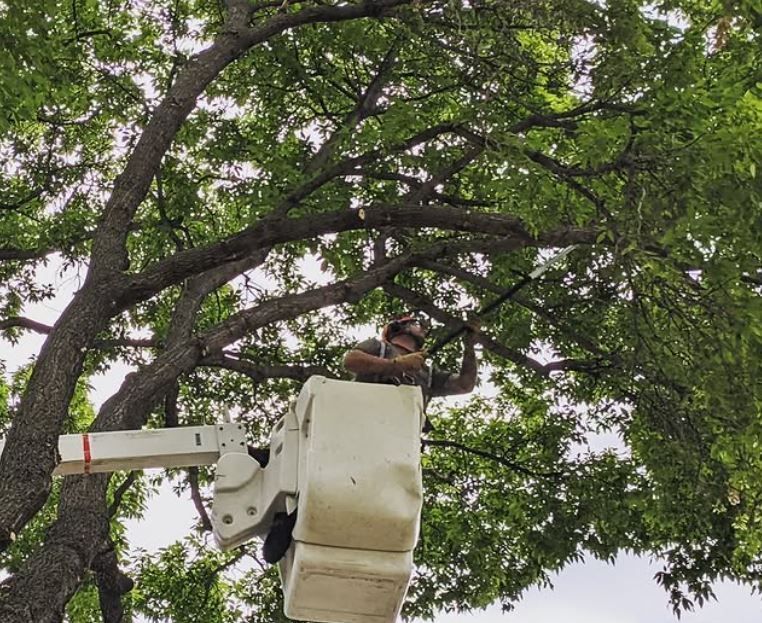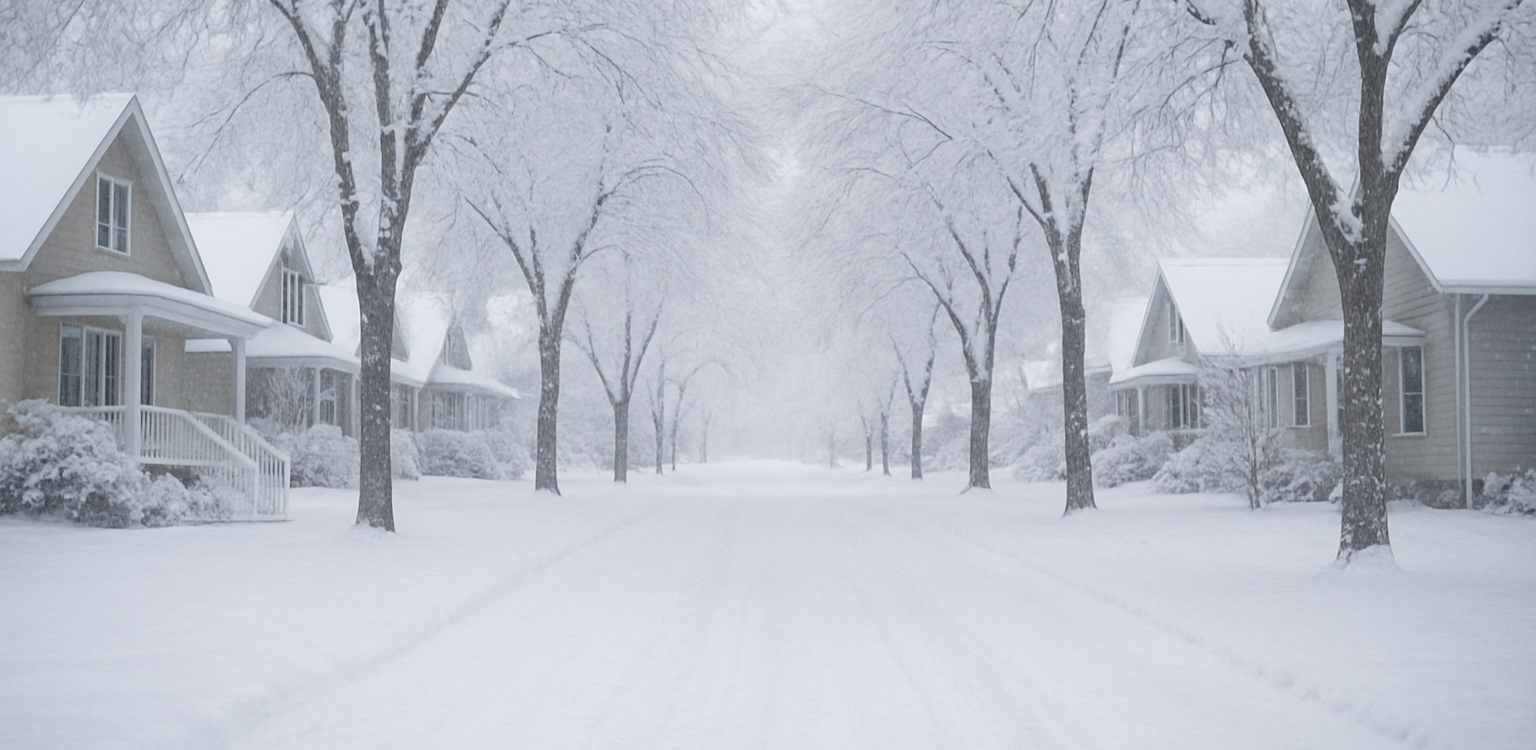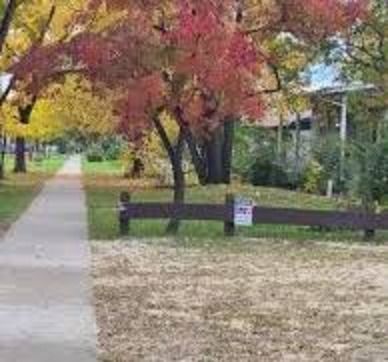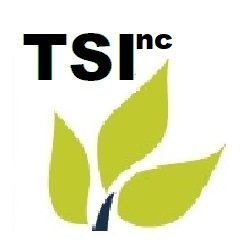The Science Behind Tree Pruning Techniques: Pruning Methods Including Crown Thinning, Reduction, and Lifting.
Trevor Soltys & Paul Kasper
Pruning is more than just cutting off branches—it’s a carefully planned process that directly affects a tree’s health, appearance, and structural integrity. When done correctly, pruning helps trees grow stronger, live longer, and coexist more safely with their surroundings. The science behind pruning lies in understanding how trees respond to each cut, and using specific techniques to achieve different outcomes.
Among the most common and scientifically grounded pruning methods are crown thinning, crown reduction, and crown lifting. Each serves a distinct purpose and, when applied correctly, enhances both tree health and landscape safety.
Crown Thinning: Letting Light and Air In
Crown thinning involves selectively removing branches throughout the canopy to reduce its density without altering the tree’s natural shape. This technique improves airflow and sunlight penetration, which helps reduce the risk of disease and allows inner branches to thrive.
Why it matters:
Dense canopies trap moisture and limit airflow, creating an ideal environment for fungal infections and pests. Thinning alleviates this by creating space within the crown, reducing weight on heavy limbs and improving the tree’s overall balance.
Science in action:
Each cut in a thinning process is made with intention—typically removing no more than 10-20% of the canopy in one session. Arborists target rubbing, crossing, or inward-growing branches to promote a healthier structure and allow wind to pass through more easily, decreasing storm damage risk.
Crown Reduction: Scaling Back Safely
Crown reduction is used to decrease the height or spread of a tree. This is not the same as topping, which is harmful and can lead to decay and structural failure. Instead, reduction involves making strategic cuts back to lateral branches that are large enough to assume the terminal role of the removed limb.
Why it matters:
Reduction is useful when trees begin encroaching on buildings, power lines, or other structures. It’s also a helpful solution when managing storm-damaged trees or ones at risk of failure due to weight or age.
Science in action:
Proper reduction cuts preserve the tree’s natural shape while minimizing stress. Arborists apply the "one-third rule"—cutting back to a lateral branch that is at least one-third the diameter of the limb being removed. This supports healthy regrowth and reduces the chance of decay or dieback.
Crown Lifting: Creating Space Below
Crown lifting, also called crown raising, involves removing the lower branches of a tree to increase clearance from the ground. This is commonly done along sidewalks, driveways, and roads, or to allow more light to reach lawns and gardens below.
Why it matters:
Low-hanging limbs can pose safety hazards for vehicles, pedestrians, and buildings. Lifting provides improved visibility, access, and light while helping guide the tree’s growth upward rather than outward.
Science in action:
Lifting must be done gradually, especially on mature trees, to avoid weakening the trunk or causing imbalance. Removing too many lower limbs at once can stress the tree or leave it vulnerable to sunscald and decay. Arborists usually recommend lifting over time to promote structural integrity.
Why Pruning Requires Expertise
While DIY pruning may be tempting, improper techniques can damage a tree permanently. Over-pruning, making flush cuts, or removing structural limbs can lead to poor growth, disease, and even death. Certified arborists understand tree biology and growth patterns, ensuring that each cut promotes rather than harms the tree.
Final Thoughts
Tree pruning is both an art and a science. Whether the goal is to reduce risk, improve aesthetics, or support long-term health, understanding the right technique—be it crown thinning, reduction, or lifting—makes all the difference. When performed with knowledge and care, pruning supports a tree’s health for years to come.







